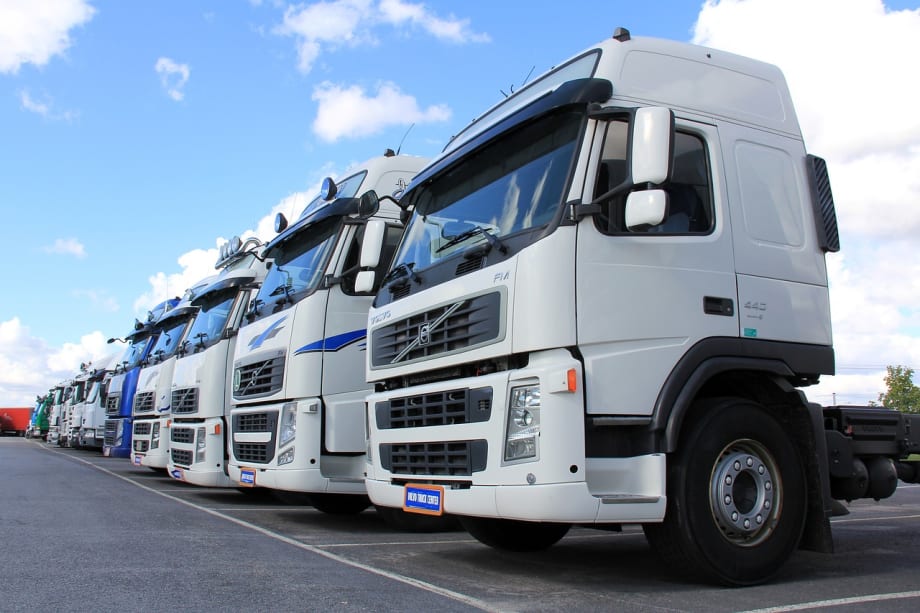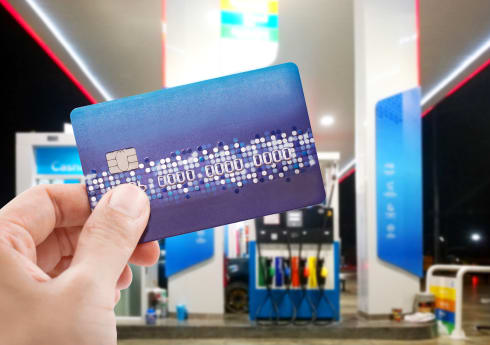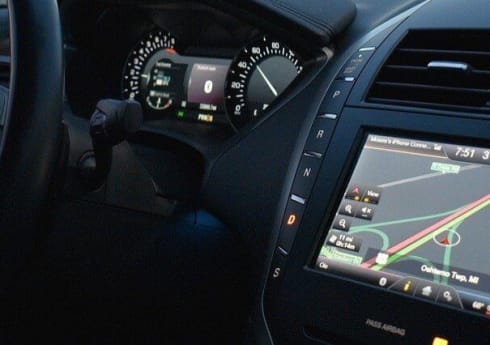UK Drivers Hours and Tachograph Rules

Credit: Needpix
In 2021, there was reported to be a full shortage of lorry drivers, causing delivery problems and food and other shortages in shops. One measure the UK government made to tackle this was to increase drivers’ working hours.
The move sparked outrage from three separate industry bodies, as tachograph rules (see explainer below) exist to maintain safety by preventing tired driving. What’s more, the general opinion is that the move would backfire, making even more experienced lorry drivers leave the profession – especially HGV drivers working haulage – because of the sometimes brutal lifestyle and demands of the job.
What was the GB drivers hours rule change of 2021?
Under previous regulations, HGV drivers could only drive for nine hours per day and this had to be broken up by a break of at least 45 minutes after 4.5 hours of driving. This driving limit was increased to ten hours twice a week, with a maximum weekly driving limit set at 56 hours.
With the new permitted increase, the daily limit for driving hours is now ten hours, with one period of eleven hours up to twice in one week.
What are tachographs and tachograph rules?
Tachographs are devices installed into professional vehicles to record driver activity. Their purpose is to record the hours that a driver spends driving. Each driver has his own digi card to insert into the tachograph, which can transmit its data to registered authorised companies.
Tachograph rules make sure professional drivers don’t work for too long, that they have sufficient breaks and they are given reasonable gaps between their shifts. These are safety measures enshrined in law and failing to abide by them is an offence.
The consequences of tachograph rule infringements include warnings, fines and even prison sentences. We look at what the tachograph rules are, list the infringements that are occasionally made, explain their consequences and detail who’s responsible in the event of a violation.
Tachograph rules are part of the UK legislation designed to protect workers, specifically people who work as professional drivers. Since Brexit, there are different tachograph rules for Northern Ireland and Great Britain. Tachograph rules linked to the drivers’ hours rules and are a legal requirement if the vehicles you operate come under AETR rules. This means it’s important for businesses to know how the drivers’ hours law and tachograph rules work together.
Read more on iCompario
Tachograph rules in the UK
Driving hours 2024
These rules apply in Great Britain. Since Brexit, Northern Ireland has different rules. Your employees must not drive more than:
- 10 hours per day — can be extended to 11 hours twice a week
- 56 hours per week
- 90 hours in any two consecutive weeks
UK driving hours rests and breaks 2024
- After five hours and 30 minutes of driving, drivers must take a break of at least 30 minutes for rest and refreshment.
- Or, within any period of eight hours 30 minutes, they must take at least 45 minutes in breaks.
- They must also have a break of at least 30 minutes at the end of this period, unless it’s the end of the working day.
All driving activity must be recorded on a tachograph device to show your business is adhering to the tachograph rules above.
Tachograph rules in Northern Ireland
The EU made its tachograph rules stricter in 2020, giving more rests to drivers. These rules apply in Northern Ireland. Key changes included:
- A requirement for drivers’ to ‘return home’ every four weeks
- A ban on taking regular weekly rest periods in the driver’s vehicle
- A new definition of ‘non-commercial carriage’
- More flexibility on the scheduling of the rest periods for some drivers on international trips
- New rules for rests and breaks for drivers when journeys involve transport by ferry or by rail
- A new requirement to keep a full record of all other work that the driver does besides driving.
Tachograph infringements and fines
Failing to follow tachograph laws can result in your business being fined. These are the fines you can expect if your company is found guilty of an infringement:
| Infringement | Max Fine |
| Not installing a tachograph | £5,000 |
| Not using a tachograph | £5,000 |
| Not providing records re: recording equipment when requested by an enforcement officer | £5,000 |
| Failing to create or maintain records as per the requirements of UK law | £2,500 |
| Not observing the rules on driving time, rests or break periods | £2,500 |
Any infringement is investigated by the Vehicle and Operator Services Agency (VOSA), which has the right to request up to six months of tachograph logs for drivers’ hours offences.
Tachograph manipulation and fines
Fines aren’t the only penalty your business can face. If you’re found guilty of manipulating tachograph data to falsely represent adherence to the rules on drivers’ hours, rests and breaks then you can be imprisoned. These are the consequences of manipulating or incorrectly representing tachograph data:
| Manipulation/Failure | Consequence |
| Making a false entry or altering a record with the intention to deceive | Up to two years imprisonment; fine of £5,000 |
| Forging or altering the seal on a tachograph to misrepresent data | Up to two years imprisonment; fine of £5,000 |
| Not taking all reasonable steps to ensure your staff adhere to the laws | Max fine of £2,500 |
There’s no time limit for any investigations carried out by VOSA under the premise of tachograph falsification. This means VOSA could request to see records that go back as far as it deems necessary to support its investigation.
What if I break tachograph rules accidentally?
Some tachograph infringements may be accidental. This could be due to a lack of information, a miscommunication or failing to keep up with a change in rules. You should speak to VOSA to get clarity if you have unintentionally broken tachograph rules.
While an accidental infringement will still lead to a breach in the rules, a verbal warning may be the result. This will clarify what the violation is, why it’s important and what the consequences will be if the offence is repeated.
Who is responsible for tachograph rules infringements?
Adherence to tachograph rules and regulations is a legal requirement that both drivers and employers are responsible for.
The driver must record their driving activity on their digi card using the tachograph device. The employer needs to make sure drivers correctly record this data and ensure the information is retained indefinitely. VOSA can request access to this data, and there’s no limit on how far back the organisation can check if it believes the information has been manipulated or falsely entered.
With the responsibility falling on both employees and business owners, it’s no surprise that cases can see either or both drivers and employees being held accountable for infringements.
Using a tachograph isn’t the only way you should record data
Every vehicle used for business purposes must have a tachograph installed and every driver must ensure their driving activity is recorded on the device.
Creating and holding this data is a legal requirement with the express purpose of ensuring professional drivers are looked after by their employers, with the drivers’ rules enshrining specific rights around shifts, breaks and rests in law.
But tachographs aren’t the only way to record data on drivers and it shouldn’t be the only way your business keeps track of the people driving its vehicles. You should also use telematics software to show not just when your drivers are on and off shift but how they’re treating your vehicles.
How does telematics help record data?
Telematics devices record data on driver behaviour. This is specifically how fast your vehicles are driven, how hard they’re braked and how far they travel on journeys. This gives you the opportunity to review if behavioural changes can be made that reduce wear and tear on your vehicles.
The result is that these devices can help reduce the cost of vehicle repair and stave off the need to replace your cars, vans and HGVs prematurely.
iCompario can help
You can find the best telematics system for your company by using our “Compare vehicle tracking systems” tool. Simply input the type and number of vehicles you have. You’ll then be able to select the telematics features you want, such as fuel efficiency, journey playback and real-time tracking.
Sources and further reading
Vehicle tracking can give you a bird’s eye view of your fleet at all times, making it quick and easy to manage all your drivers. You can deal with breakdowns or accidents immediately and even check the driver dashcam footage or speeding incidents from your mobile phone.
As a free comparison site, iCompario can help you find the right system.


